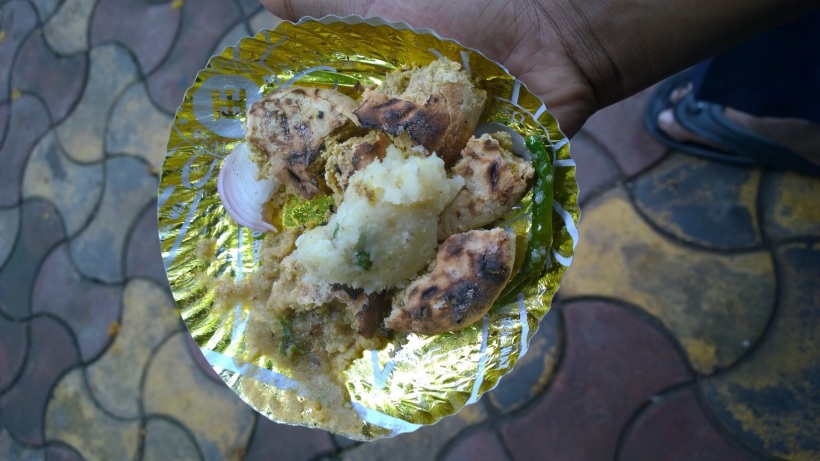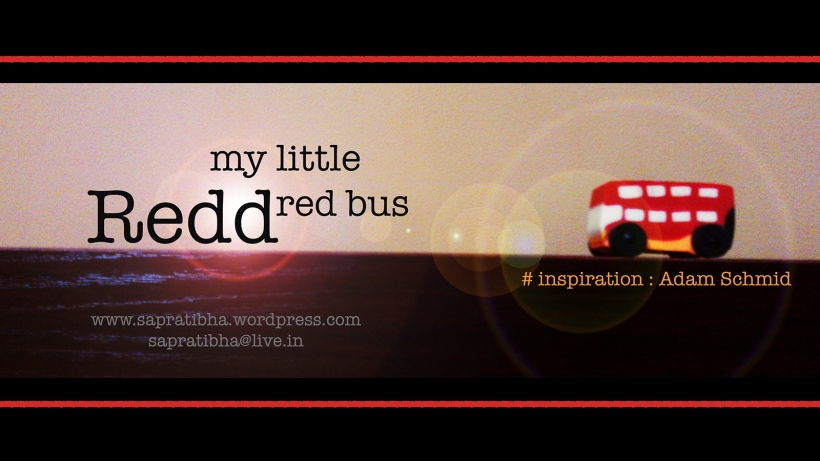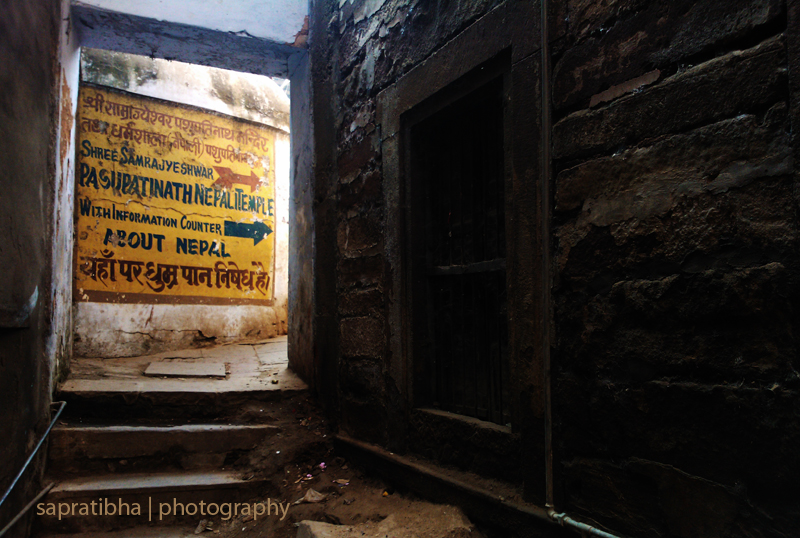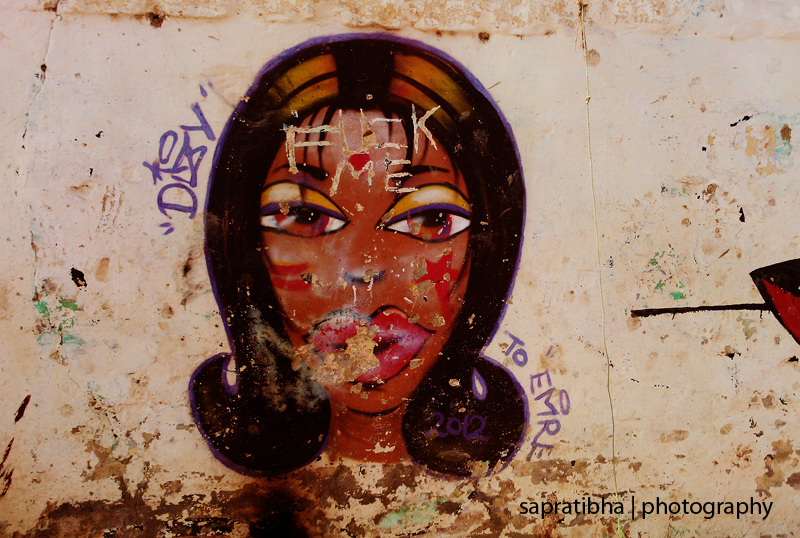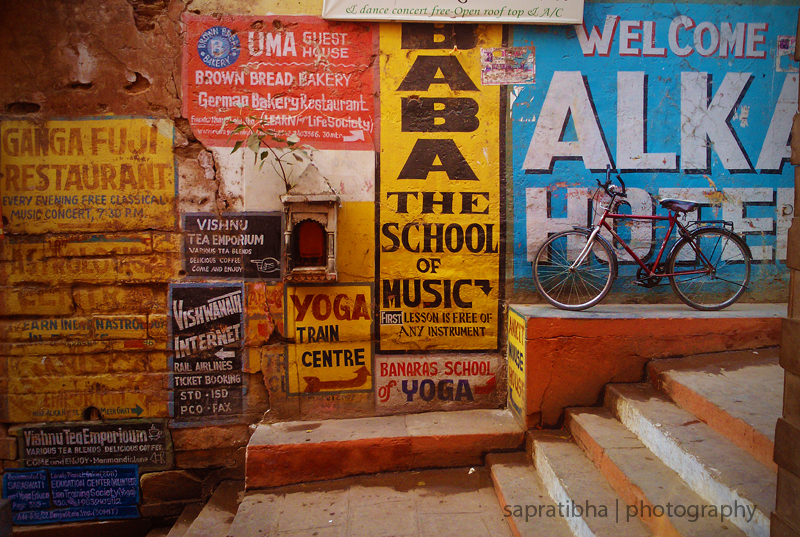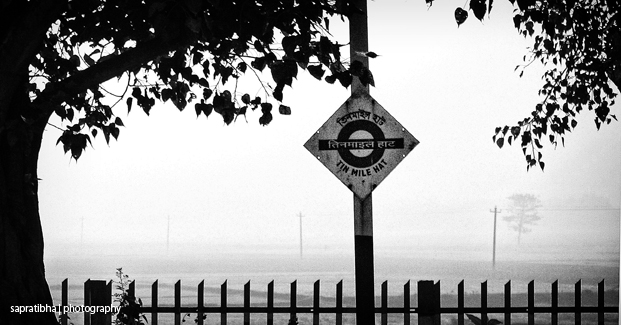
“Have you ever been cheated?” And a sad smile flashed across the face of the 52 years old painter. “Yes”- was a brief reply, after a hesitant pause. And then Mr. Pradip Kumar Mahapatra (name changed) narrated the story, which ashamed me for obvious reasons.
I was on a short 3-day trip to Raghurajpur with a plan to explore the lives and works of the painters and artisans through the lens, but ended up conversing with some of them for hours. During this unplanned conversation certain stories and experiences started surfacing. One such is deeply related to the Durga Pujas, the most vibrant festival of West Bengal, the state from where I belong.
The Durga Pujas are becoming more and more extravagant every year. ‘Theme Pujas’ or Concept based decorations of the pandals is the order of the day. The organizers practically leave no stone unturned to hunt for a new concept or art form to adorn their pandals. Many corporate houses and some government organizations, for proficiency in concept and decorations, every year offer multiple handsome awards. To every Kolkatan like me, the puja days are coloured with various spectacular art and crafts work, made by artisans from various corners of India. Replicas of various temples and monuments across the nation and world are recreated with utmost care and sincerity. These wonders are only meant to enchant people during the five days of the puja. It takes months of hard labour and resources to realize these dreams. The constructions are only meant to stay for these five days. They perish or are sold away to smaller Kali puja organizers from the periphery and districts for the next big festival. During the 2005 Durga puja Pradip was employed along with a group of artisans for decorating a pandal in Behala. One Mr. Swapan contacted them. He gave them the basic plans of a pandal, resources, and a sum of ₹ 2000. They were taken to a temporary workshop in Bhubaneshwar, where they completed the work of paintings and decorations, which were shipped to Kolkata and assembled there in the pandal. They were committed ₹ 10000 each for the work. But once finished, Mr. Swapan vanished in thin air, and never returned to Raghurajpur. People enjoyed an exquisite Durga puja in some Behala club pandal with exquisite pattachitra and coconut decorations, while Pradip and his fellow artisans’ innocence and dedication were cheated in an ugly manner.
Pradip bears the torch of an art form that dates back to 5 BC. He is a resident of Raghurajpur, the first village in Odissa, to get the ‘Heritage’ status from INTACH in 2000. The village is the home to 122 families of artisans; most of them inherited the skill from their families, through parampara as they say it. The village is the home of the painters who paints the temple and chariot of Lord Jagannatha for centuries. But the story of the whole village getting dedicated to the art form dates back to 1930, when Guru Jagannatha Mahapatra(1919-1958) opened a Gurukul in the village. Odissa government later set up the Bhubaneswar Hasta Shilpa Kendra, where Guru Ram Chandra Maharana was appointed as the teacher for training the ambitious artisans with proper aesthetic and technological know-hows.
In the past there was actually a proper Gurukula system prevalent in Raghurajpur, where the children used to stay in the house of the Gurus for years and learn the art. Presently this system doesn’t seem that much feasible, so the children stay in the house of the Gurus from 10am to 4pm. They do their academics side by side. When they reach their adolescence, the ones who want to lead their careers as painters go to Bhubaneswar, get the training from Bhubaneswar Hasta Shilpa Kendra, fine tune their skills under professional guidance and join the family tradition.
Raghurajpur is a small village in the southern bank of river Bhargavi. Being only 14 km away from Puri, the village gaining steady popularity in the tourism map of Puri tourists. Parallel increase in tourists and trained craftsmen is presently creating ripples in the stagnant waters of Raghurajpur. A class of ‘art-manufacturers’ has cropped up in the village that is actually drawing tourists away from the proper village of Raghurajpur.
Chandanpur bazar is the location on Puri-Bhubaneswar highway (NH 203) from where you need to take a right turn and travel 1.5 km to reach Raghurajpur. But midway between the stretch, at a point few shops have cropped up for selling artwork. Unfortunately, most of the auto-rickshaw and cab drivers tend to stop there and declare, “We have reached Raghurajpur.” Unless and until a tourist knows the proper location of the village, they are actually made to convince this fact. Serious money is playing tricks and these shops and drivers are making good business every year.
I have asked a single question to most of the painters of Raghurajpur- “why don’t you put a signature on your art-work?” Most avoided the question. Only two of them gave distinct answers. The answers bore the keys to the Pandora’s box. The box is already open now.
Maguni Mahapatra, a renowned artisan with unparalleled skill said, “my work is my signature.” Really he has his own style, which in spite of bearing its root in the heritage art form of the village, yet stands out from the crowd. Yes, he is right in his own way. There are a few classic painters in Raghurajpur, who has their signature styles and who can boast the words “my work is my signature.” But for the rest, one finds a repetition of composition, symbol, motifs, and presentation. The clue to this is hidden in the answer of Guru Shridhar Maharana, the most acclaimed painter of the village. He achieved international exposure, fame, and recognition for his works. A bit angrily he said- “Raghurajpur is no longer a heritage village… it’s a supermarket.”
The new generation artisans are actually working in groups. Drawing the sketch, filling the colours, painting the ornaments… each is done by a separate person. Even they are taking resort to photocopy machine. So instead of creating a unique piece of art, bulk production is the order of the day. This is having definite effect on the quality of art that is being produced. So, in every house you will see an array of artwork, which resembles the same you have seen in the previous house. This industrialization of fine art is taking effective financial toll on the artists who has stuck to the classic style. Gradually this is forcing them to shift from traditional natural colours to acrylic colours and from conventional pattas (dried palm leaf painting surface) to canvas. The costs are coming do wn, so is the durability of the work.
wn, so is the durability of the work.
More and more paintings are coming out of the shelves of Raghurajpur from the bulk producers. More and more papier-mâché, coconut paintings, tussar paintings, rock carvings, wooden artworks are being produced from the heritage art village. Orders are coming from New Delhi, Bengaluru, and Chennai even from Kerala. The century old art form is spreading her wings and aiming a flight across the village-state-country boundaries. Guru Shridhar Maharana is in Germany on a project. Maguni Maharana is passing his baton to Narayan, Prakash and Aukkhoy, his three sons. They are doing wonderful jobs now. Though Prakash is in search of a career in the city- a job that will pay him a handsome amount. He is ready to shift even to Kolkata. Few eminent artisans of higher castes are expressing jealous grudge against lower caste artisans for getting a chance to learn the skill and join the business. Few aging artists have developed cataract and visual problems and need immediate medical attention.
The village Goddess Bhuasuni is keeping a close eye on the fast changing scenario. Even Her temple is getting a revamp. Cars are coming off and on carrying foreign and Indian tourists. Though the village artists’ co-operative remains closed based on internal problems.
Next time when you visit Puri, manage one day out of your busy tour schedule and visit Raghurajpur. Move through the village. Indulge in the exquisite artwork done by them, even on the walls of their residential houses. Visit their homes. Stay in tourist cottage for one night if possible. If you are lucky enough to visit the place during the Vijaya Dashami or the Spring Festival (4th and 5th February every year), you will be lucky to see Gutipoa- the traditional dance form of the village, which late gave birth to the Odissi dance form. Visit the dilapidated house of Guru Kelucharan Mahapatra and be flabbergasted on how such a heritage landmark can be washed away in the course of time.
Visit the village of Pradip Kumar Mahapatra, who in spite of getting cheated by a Durga puja committee, refuses to disclose his own name. Who still doesn’t want a punishment for the wrong doers. Who still trusts his colours, paintbrush, palette, and skills and looks up to Lord Jagannatha through sincere prayers and thanks Him for blessing them with food, home, and peace of mind.



 wn, so is the durability of the work.
wn, so is the durability of the work.



